Combating The Supreme Court's Buffer Zone Ruling in Massachusetts
Combating The Supreme Court's Buffer Zone Ruling in Massachusetts


The pro-life movement saw a big win a few weeks ago, when the Supreme Court unanimously struck down a law in Massachusetts that enforced 35-foot buffer zones around abortion clinics. These buffer zones prevented protesters and sidewalk counselors from approaching women entering the clinic within a 35-foot radius. The reasoning for SCOTUS's ruling was the first amendment: That making a legally protected invisible fence around these facilities infringed on protester's right to free speech. But even a word as final as the Supreme Court's won't stop Massachusetts pro-choice advocates for fighting for safe, harassment-free access to abortion clinics. Massachusetts politicians Attorney General Martha Coakley, Governor Deval Patrick, Senate President Therese Murray, and Speaker Robert A. DeLeo, along with the Planned Parenthood League of Massachusetts (PPLM) drafted a new piece of legislation to combat the SCOTUS's recent overturning of the buffer zone law, An Act to Promote Public Safety and Protect Access to Reproductive Health Care Facilities.
The bill looks to put into place several protections that will make it easier for women coming and going from clinics. It starts with simply making the physical act of entering the facility easier: making a clear passage for women to walk in and out of a facility and prohibiting individuals blocking the road or interfering with someone's car when entering the clinic grounds, as well. The act would also outlaw using threat, force, or physical means to intimidate or harm someone entering or leaving a clinic.
In a Judiciary Committee hearing in Massachusetts today, patients, lawmakers, and PPLM staff members testified to the hostile, intimidating and even in some case, potentially dangerous atmosphere that exists at abortion clinics in the absence of a buffer zone—and why an act like this one is essential for safety. Regardless of whether or not the buffer zone exists in Massachusetts—or any state—women should not be made to feel unsafe when entering a clinic, supporters of the act argued at today's hearing. As Pia L., a PPLM patient, says: "We may have lost the yellow painted line, but we should not lose our right to feel safe and protected on our way to see our doctor."
Stay In The Know
Get exclusive access to fashion and beauty trends, hot-off-the-press celebrity news, and more.

I'm an Associate Editor at the Business of Fashion, where I edit and write stories about the fashion and beauty industries. Previously, I was the brand editor at Adweek, where I was the lead editor for Adweek's brand and retail coverage. Before my switch to business journalism, I was a writer/reporter at PEOPLE.com, where I wrote news posts, galleries and articles for PEOPLE magazine's website. My work has been published on TheAtlantic.com, ELLE.com, MarieClaire.com, PEOPLE.com, GoodHousekeeping.com and in Every Day with Rachael Ray. It has been syndicated by Cosmopolitan.com, TIME.com, TravelandLeisure.com and GoodHousekeeping.com, among other publications. Previously, I've worked at VOGUE.com, ELLE.com, and MarieClaire.com.
-
 The Royal Family Easter Rule Kate Middleton Broke in 2018
The Royal Family Easter Rule Kate Middleton Broke in 2018The Princess of Wales was pregnant with her third child—Prince Louis—at the time.
By Amy Mackelden
-
 Tracee Ellis Ross Reflects on "Grief" Over Not Marrying or Having Kids
Tracee Ellis Ross Reflects on "Grief" Over Not Marrying or Having Kids"I grieve the things that I thought would be and that are not."
By Amy Mackelden
-
 A "No-Fly Zone" Has Been Placed Over King Charles's Home
A "No-Fly Zone" Has Been Placed Over King Charles's Home"It prompted a security scare."
By Amy Mackelden
-
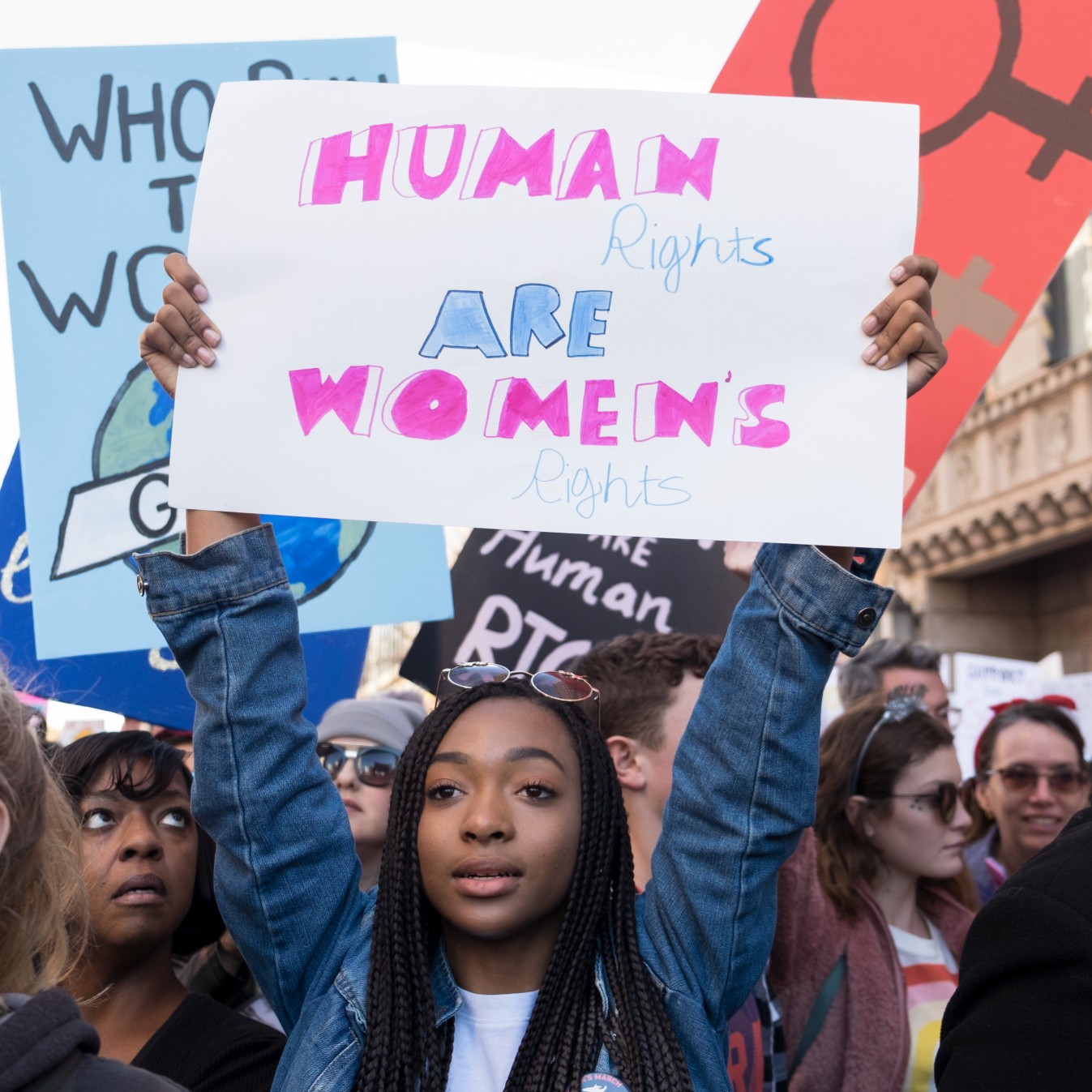 36 Ways Women Still Aren't Equal to Men
36 Ways Women Still Aren't Equal to MenFeatures It's just one of the many ways women still aren't equal to men.
By Brooke Knappenberger
-
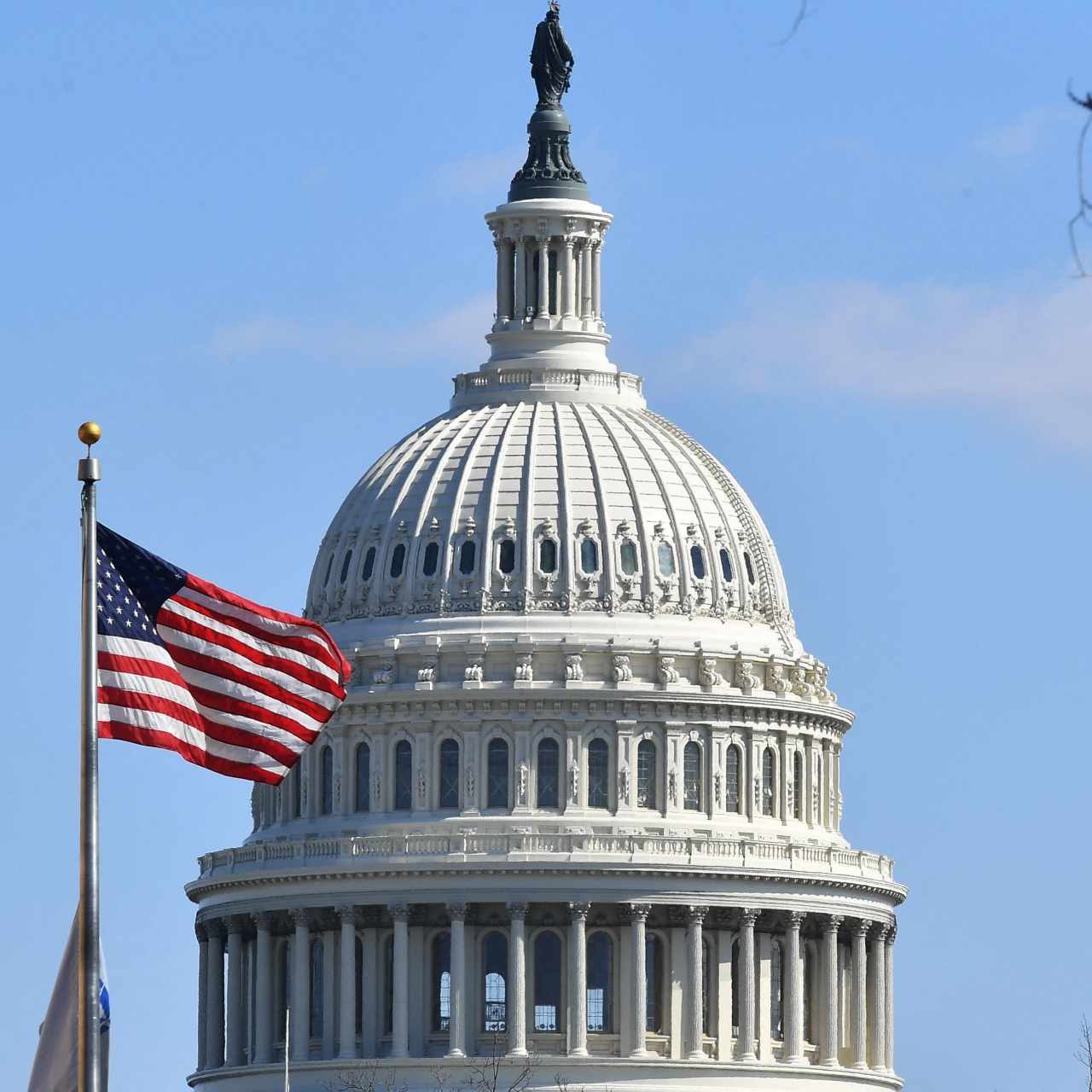 The 2022 Midterm Elections: What to Know Ahead of Election Day
The 2022 Midterm Elections: What to Know Ahead of Election DayConsider this your guide to key races, important dates, and more.
By Rachel Epstein
-
 This Bill Wants to Stop Anti-Abortion Groups From Getting Your Private Data. Period
This Bill Wants to Stop Anti-Abortion Groups From Getting Your Private Data. PeriodPost-Roe period tracking apps and search history suddenly have serious implications.
By Emily Tisch Sussman
-
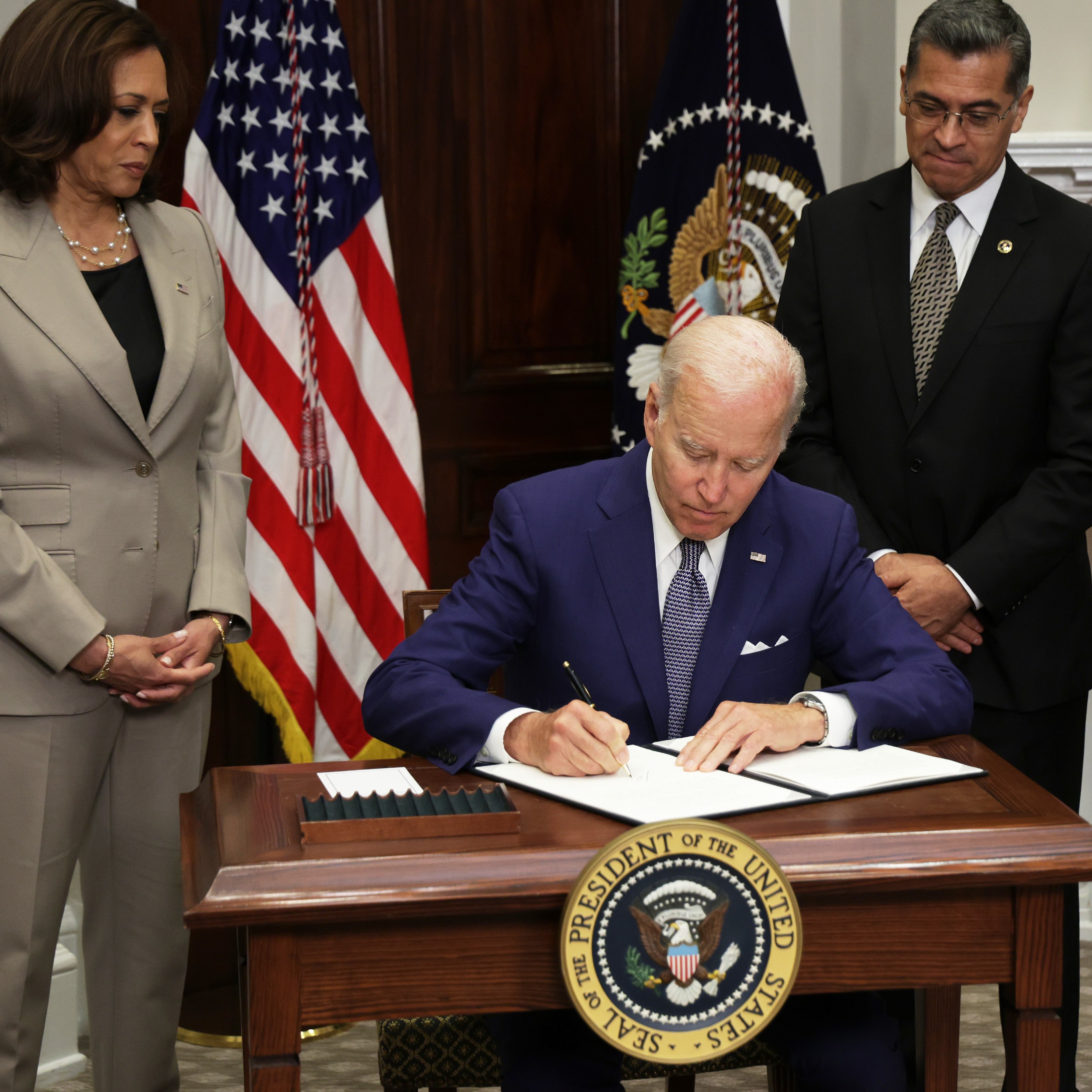 Breaking Down President Biden’s New Executive Order on Abortion Rights
Breaking Down President Biden’s New Executive Order on Abortion Rights\201cWe feel really strongly, particularly given the tremendous amount of legal chaos that has ensued since this decision, that it’s incumbent on us to be careful.\201d
By Lorena O'Neil
-
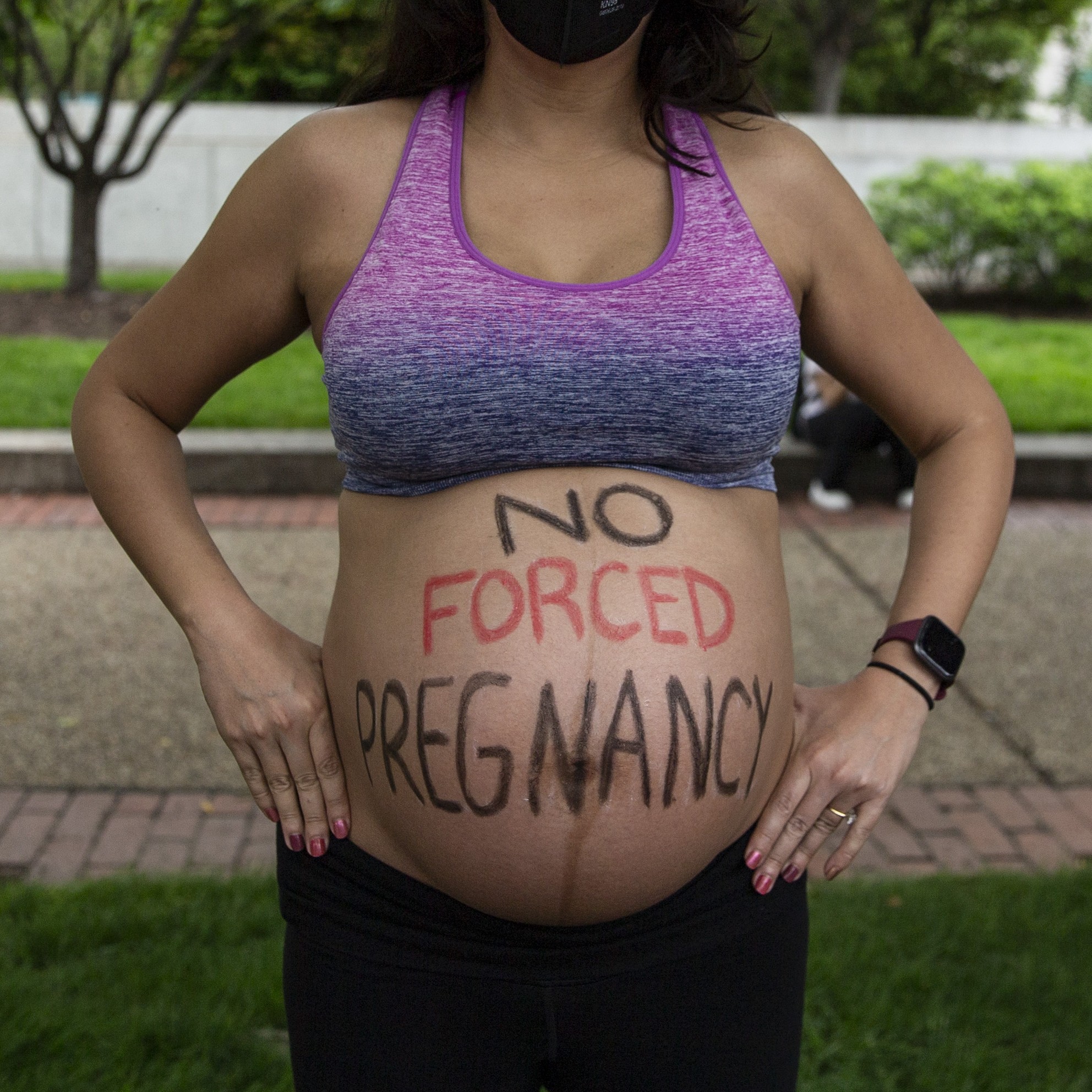 Post-Roe, Pregnant People Will Become Suspects
Post-Roe, Pregnant People Will Become Suspects\201cWe anticipate a very dramatic increase in the rate of criminalization of all pregnancy outcomes.\201d
By Lorena O'Neil
-
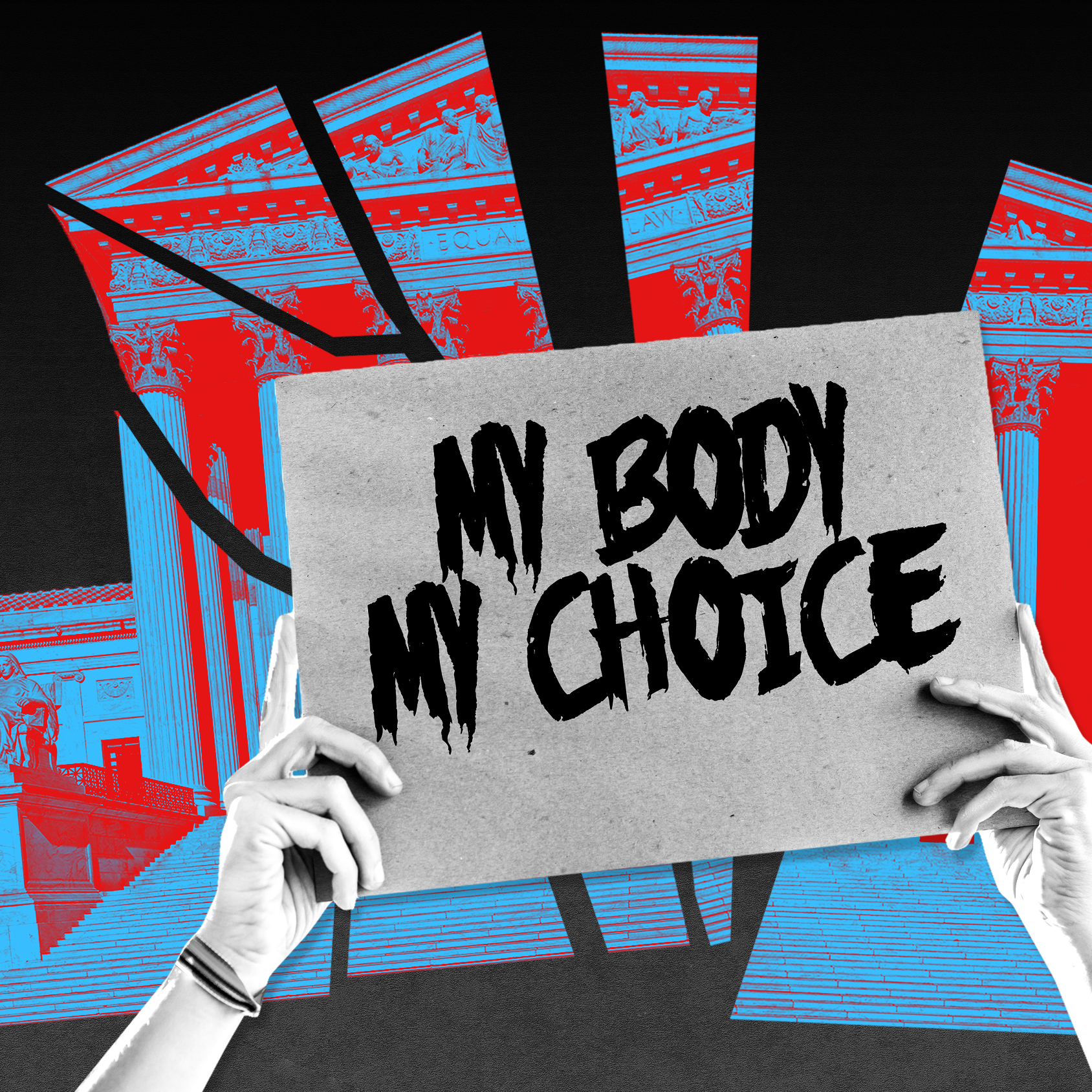 14 Abortion Rights Organizations Accepting Donations to Support Their Fight
14 Abortion Rights Organizations Accepting Donations to Support Their FightFeatures 'Roe' is no longer the law of the land, but these organizations won't stop fighting.
By Gabrielle Ulubay
-
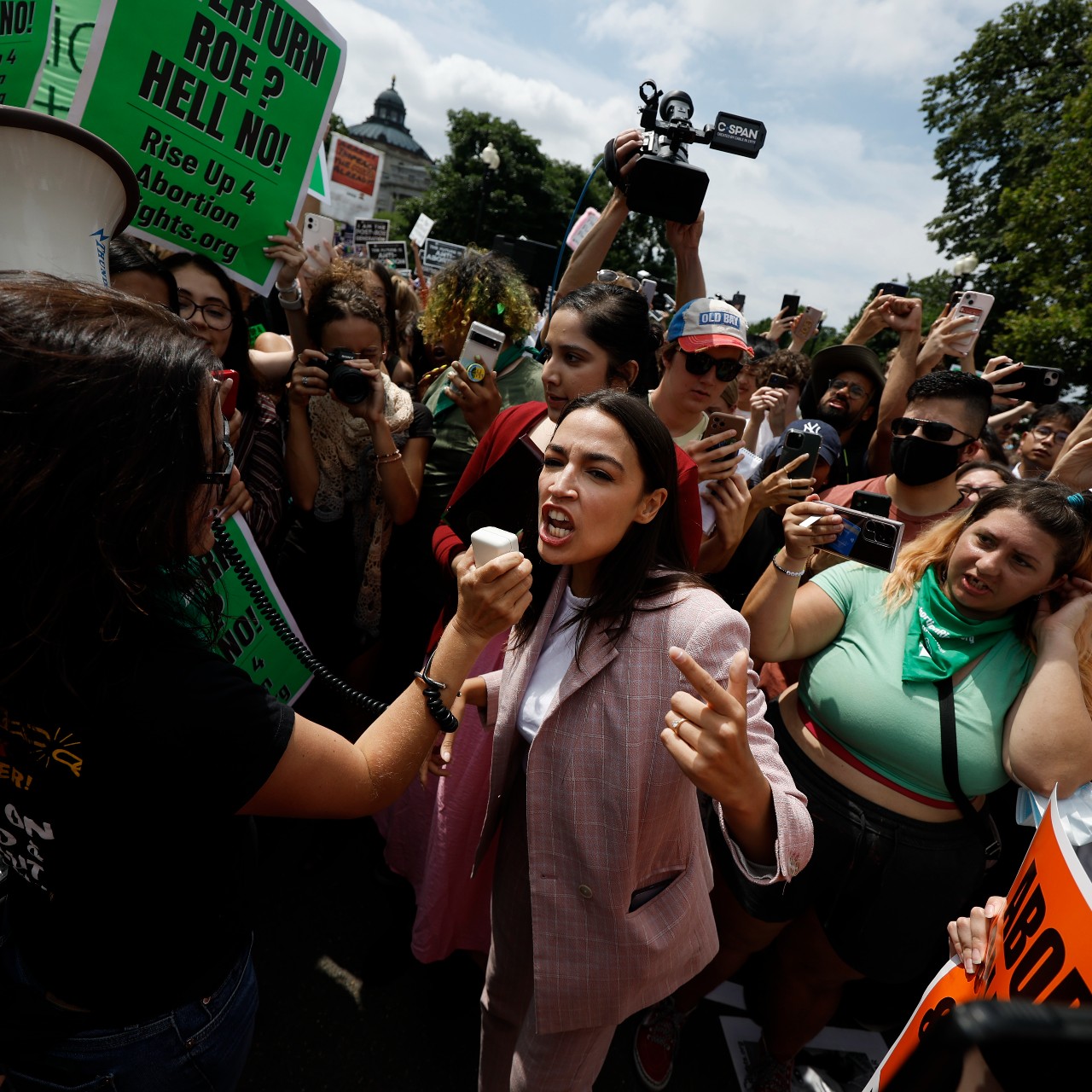 Lawmakers, Activists, and Allies Are Reacting With Fury to 'Roe' Being Overturned
Lawmakers, Activists, and Allies Are Reacting With Fury to 'Roe' Being OverturnedThousands are taking to Twitter to express their grief and anger.
By Tanya Benedicto Klich
-
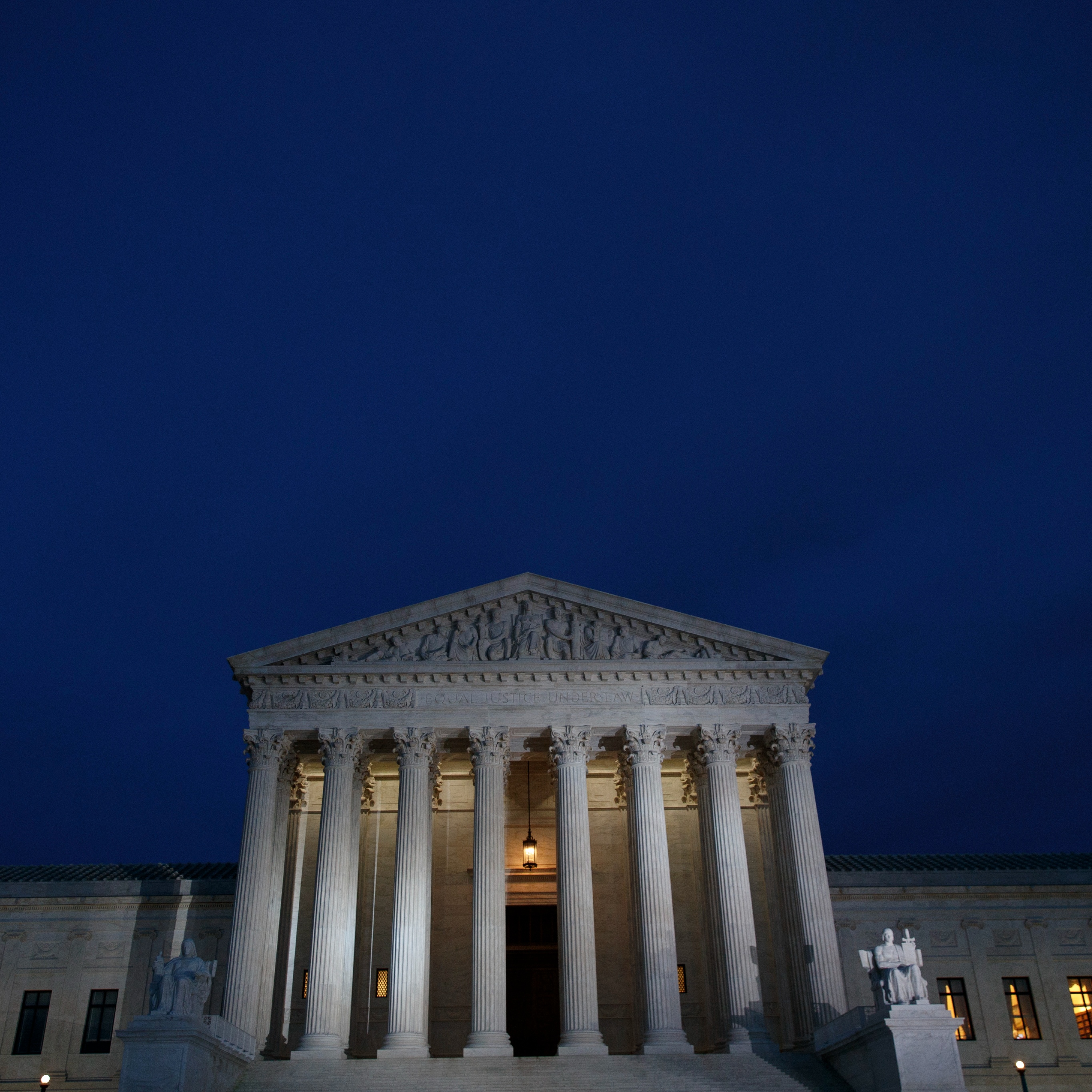 Justice Clarence Thomas: LGBTQ+ Rights and Contraception Are Next
Justice Clarence Thomas: LGBTQ+ Rights and Contraception Are Next"We should reconsider all of the Court's substantive due process precedents..."
By Jenny Hollander